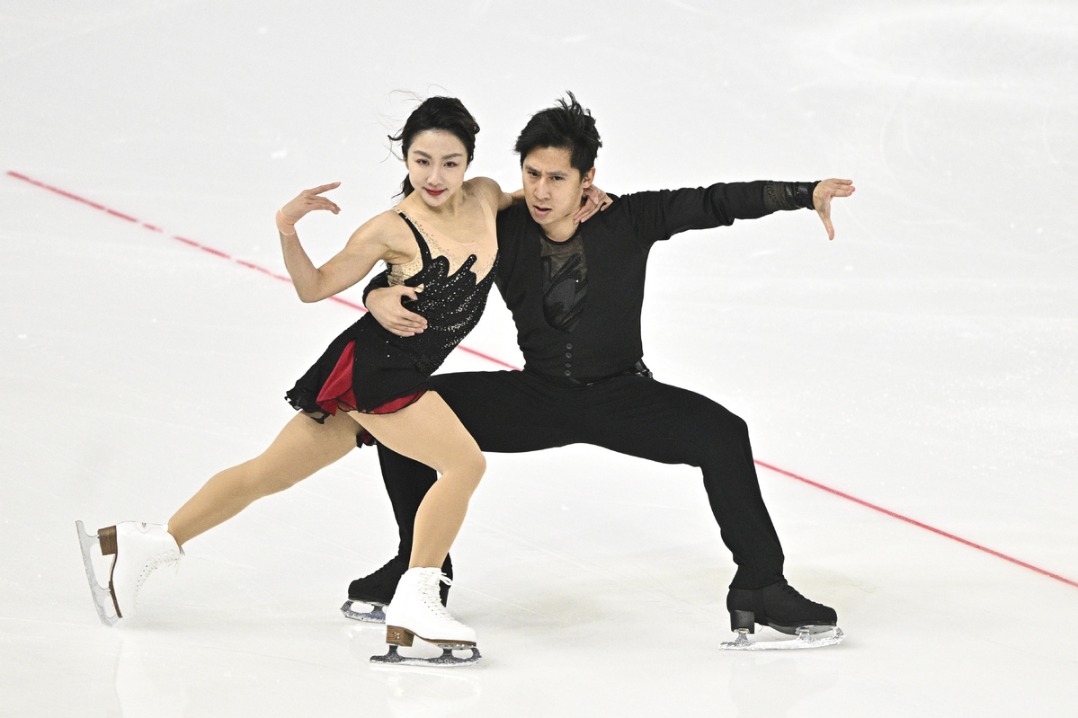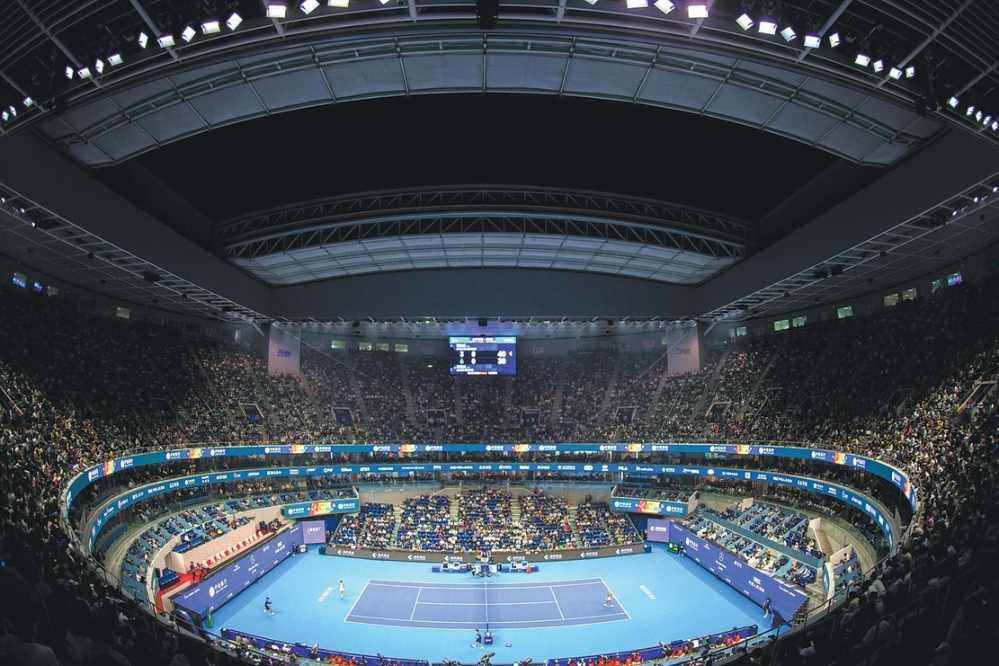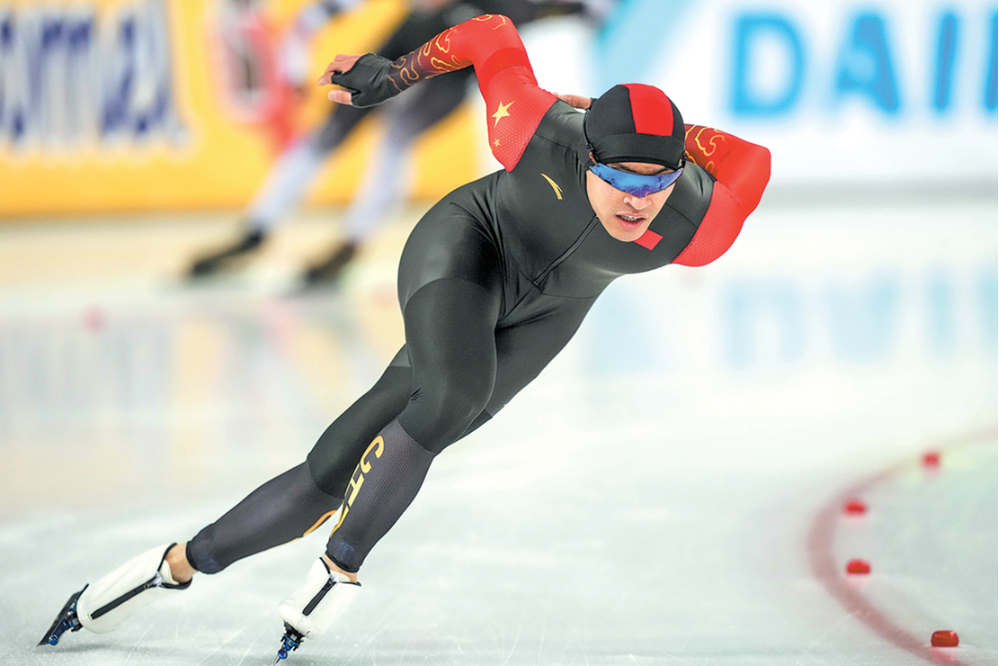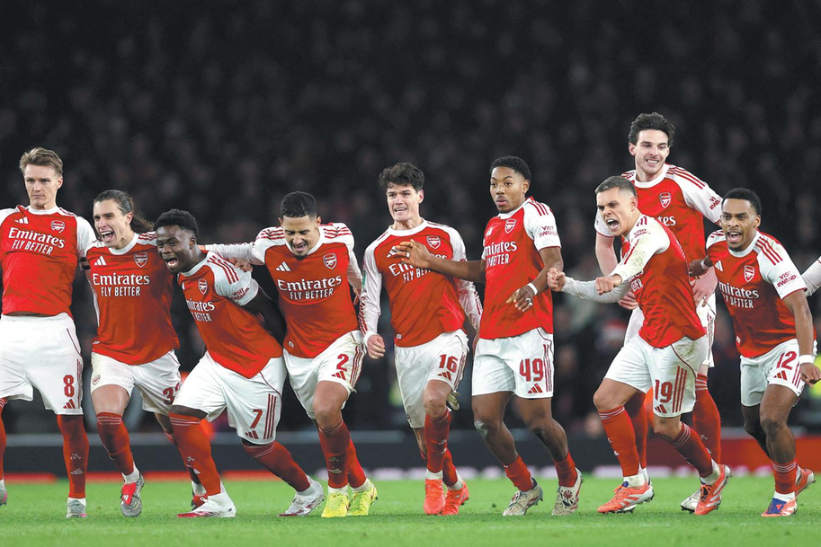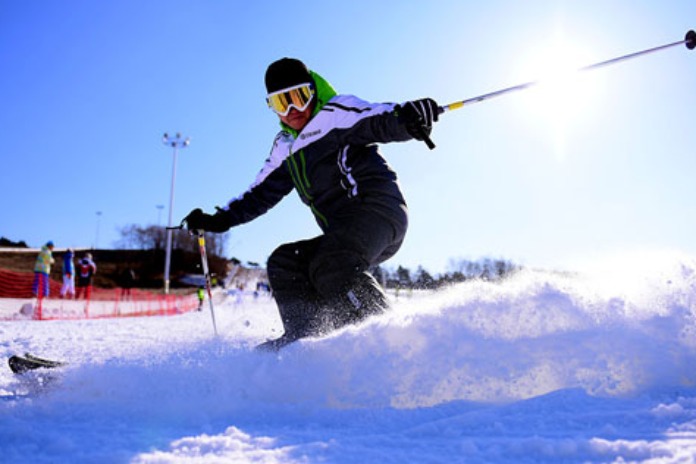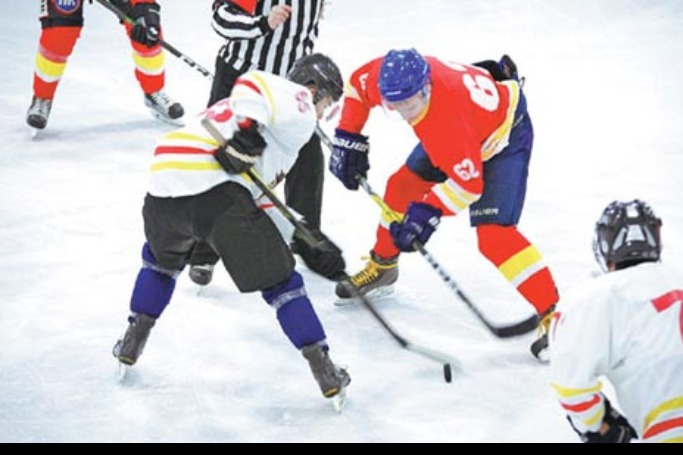Of mice and men: The lab-rat software tracking Ronaldo

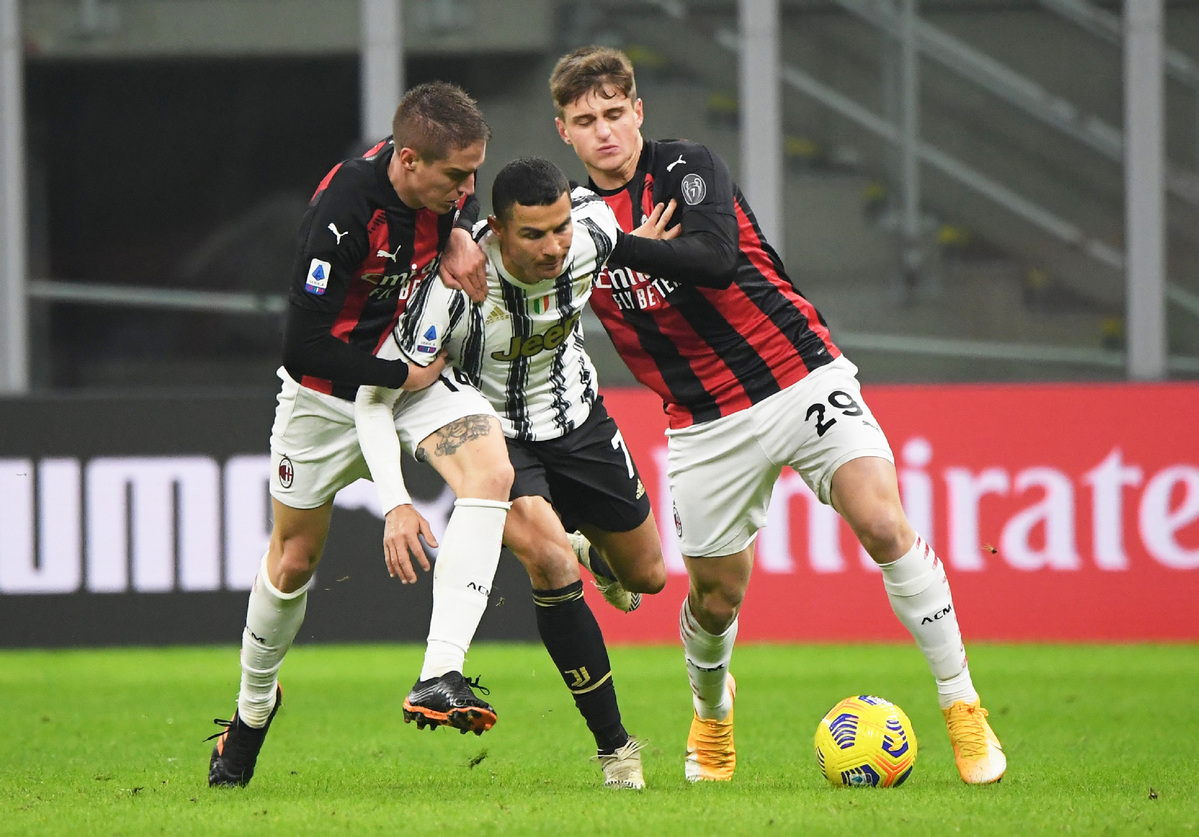
LONDON-Cristiano Ronaldo and his Portugal teammates may be surprised to learn the video and data analysis their coaches use was devised by scientists who used it to track the behavior of mice, monkeys and human eye movements.
Ruben Saavedra, the Spanish CEO of Metrica Sports, says it is not a stretch to transfer the use of data to track the behavior of laboratory mice and rats to the task of tracking "movement of players on the pitch".
Saavedra and Argentinian co-founder Bruno Dagnino-who studied the eye movements of monkeys and humans-found they shared more than an interest in science when they were studying for their PhDs in the Netherlands.
"We had two things in common: as Barcelona and Argentina fans, Lionel Messi was an easy link, and we were the only people on our courses who loved football," Saavedra told AFP in an interview.
"There are lots of nerds in science who do not have other hobbies and so he and I could talk football, which was nice."
The final part of the puzzle was complete with another Argentinian, Enzo Angilletta, who had a video production company.
Together they developed a system that integrates data with video analysis, which had been done only manually before. By marrying data and video they created what its developers call a "workflow of football analysts".
"Presenting graphs and raw data was not enough for clubs," said Saavedra.
The process is unusual in that it analyzes technical skills and positioning during matches, rather than simply measuring distance covered.
Therefore, the national teams of Portugal and Paraguay, and clubs as far afield as Melbourne Victory in Australia and Santos in Brazil have benefited from the video and data analysis product, with the top clubs paying more than 100,000 euros ($122,000) a year.
Thanks to that level of income, Metrica have been able to produce a version of the analysis tool-entitled Play Basic-which is available to download for free.
It has already attracted a diverse range of users-from academies in Africa to amateur players and coaches from rugby union, cricket and ice hockey.
"A few years ago we had to have cameras in stadia but it has evolved," Saavedra said.
"Now we can track any game on any video with our new technology.
"We are working to automate the manual work in acquiring the data so it will be affordable for some clubs, who now can only dream of having it."
Saavedra draws an analogy between Metrica Sports and Tesla, the electric-car company that began by selling a high-end expensive product before then channeling some of that revenue into the development and launch of a more affordable one.
"I like saying we follow the kind of model Tesla followed even if they are a huge company compared to Metrica," he added.
"The first clients fund investment and development of technology which benefits them, and at the same time allows us to develop new technologies to cut costs.
"Making this technology accessible to teams like (fifth-tier English team) Stockport County or academies in Vietnam was possible because we partnered with the elite clubs first."
'Click of a button'
However, while the price may stay at six figures for the elite clubs and national sides, the amount of time saved on the weary eyes of their video analysts is immeasurable.
"It was a very manual process before and this saves them tons of time," said Saavedra.
"Previously, a video analyst would sit and pause the match at every instance he wanted recording, that could take four or five hours to watch the whole game.
"With Metrica Sports, they simply click a few buttons and that same work can be done in two or three minutes."
Saavedra uses an example of a coach telling two defenders never to be further than a specific distance from play.
"We can write an algorithm that shows every moment when they are further away than they should be as directed by the coach.
"They can see the lines showing distance, red for further, yellow for closer, just at the click of a button."
Saavedra's enthusiasm reflects his lack of regret at ditching neuroscience despite studying it for 14 years.
"I say football used to be my hobby and neuroscience was my job," he said.
"I flipped that and it is awesome."
Most Popular
- On top of their game
- China's sports science institute trumpets national fitness rise
- South Korea's An equals calendar year title record
- Veterans answer the call
- Kyrgios prevails in 'Battle of the Sexes'
- Sanya Marathon draws 14,000 runners from 19 countries and regions

















